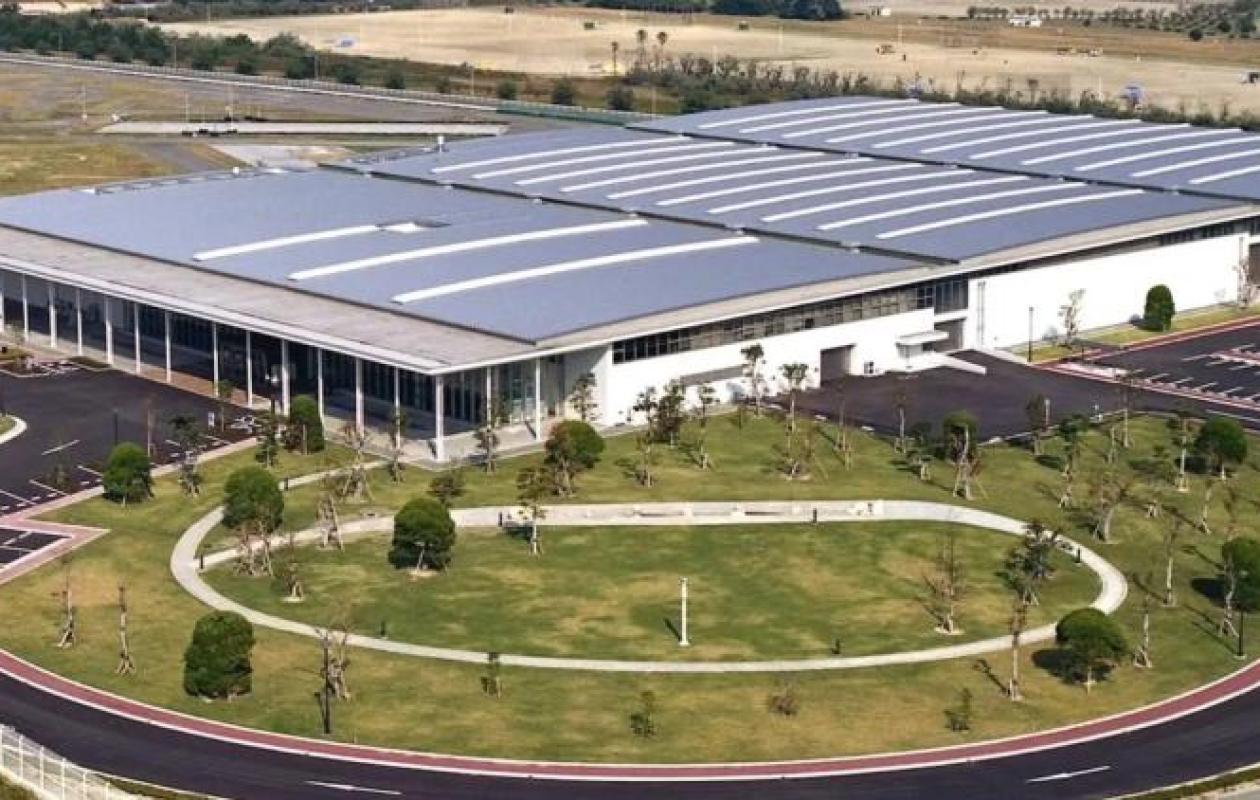
Centrale osmotique : quelle est cette technologie qui permet de produire de l'électricité avec de l'eau salée ?
Japan has inaugurated its first osmotic power plant in Fukuoka, in the southwest of the country. The second such plant in the world, it is expected to produce approximately 880,000 kilowatt-hours of electricity per year, using salt water in particular.
A revolution underway? Japan recently opened the country's first osmotic power plant. The city of Fukuoka is home to this impressive plant, only the second of its kind in the world to date, capable of producing 880,000 kilowatt-hours of electricity per year.
The energy released when two waters with different salt concentrations meet is equivalent to powering about 220 Japanese homes, according to Dr. Ali Altaee of the University of Technology Sydney (UTS), who specializes in developing alternative water sources.
Technology available 24/7
Osmosis is the natural process by which water passes through a semi-permeable membrane, moving from a less concentrated solution to a more concentrated solution, in order to balance the concentration on each side.
Although it is an emerging technology, used today on a still modest scale, it has the advantage, compared to other renewable energies, of being available 24 hours a day. It simply relies on the mixture of fresh and salt water, which allows a continuous flow of energy day and night, thus providing a stable source of electricity.
Freshwater and seawater are placed on either side of a special membrane, with the seawater being slightly pressurized. The flow of water toward the salt side increases the volume of the pressurized solution, which can then be used to generate energy.
As the pressure on the side containing seawater increases and its salinity decreases, some of the water is channeled into a turbine connected to a generator, thus producing electricity.
The world's first osmotic power plant was built in Mariager, Denmark, in 2023. The Japanese plant is larger than the Danish one, according to Dr. Altaee, although their operational capabilities are nearly identical.
Brine, the key solution to increasing energy
While the idea is simple, its large-scale deployment remains somewhat challenging. A large amount of energy is lost when pumping water into the plant and passing it through the membranes. This means that the net energy that can be gained is low. However, advances in membrane and pump technology are reducing these problems.
"It is also interesting to note that the Japanese plant uses concentrated seawater, the brine resulting from the withdrawal of fresh water in a desalination plant, as its power source, which increases the difference in salt concentration and therefore the available energy."
Dr. Ali Altaee points out that a prototype plant at Australia's UTS university could be restarted if government funding were available, increasing its potential for larger-scale deployment in Australia, similar to the one in Fukuoka, Japan.
"We have salt lakes around New South Wales and Sydney that could be used as a resource and we also have the expertise to build them," he says.
Commentaires (1)
On devrait s'appropier cette idée pour voir comment recycler les eaux saûmatres qui seront produites dans l'unité de dessalement de l'eau de mer de Dakar....
Participer à la Discussion